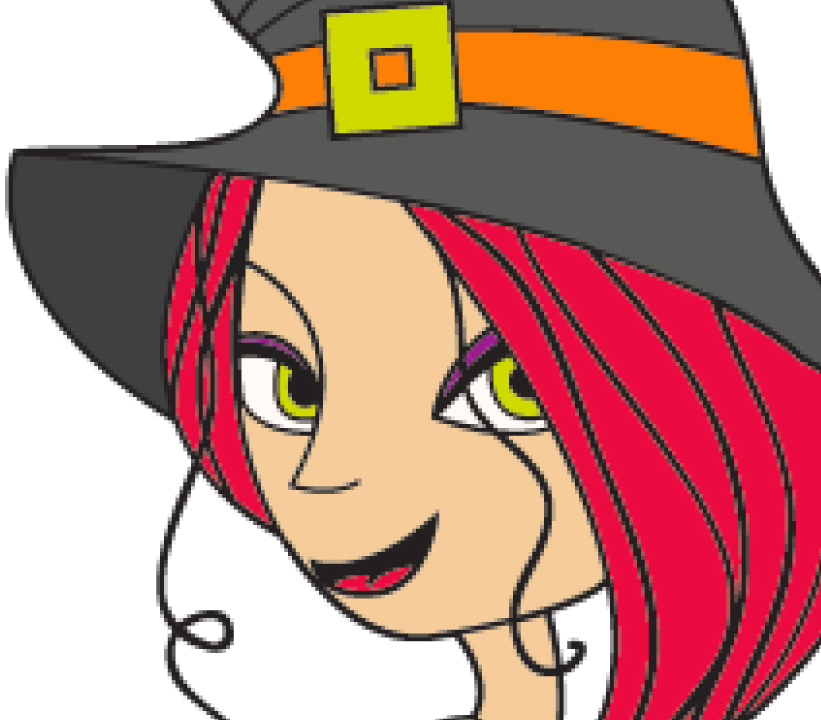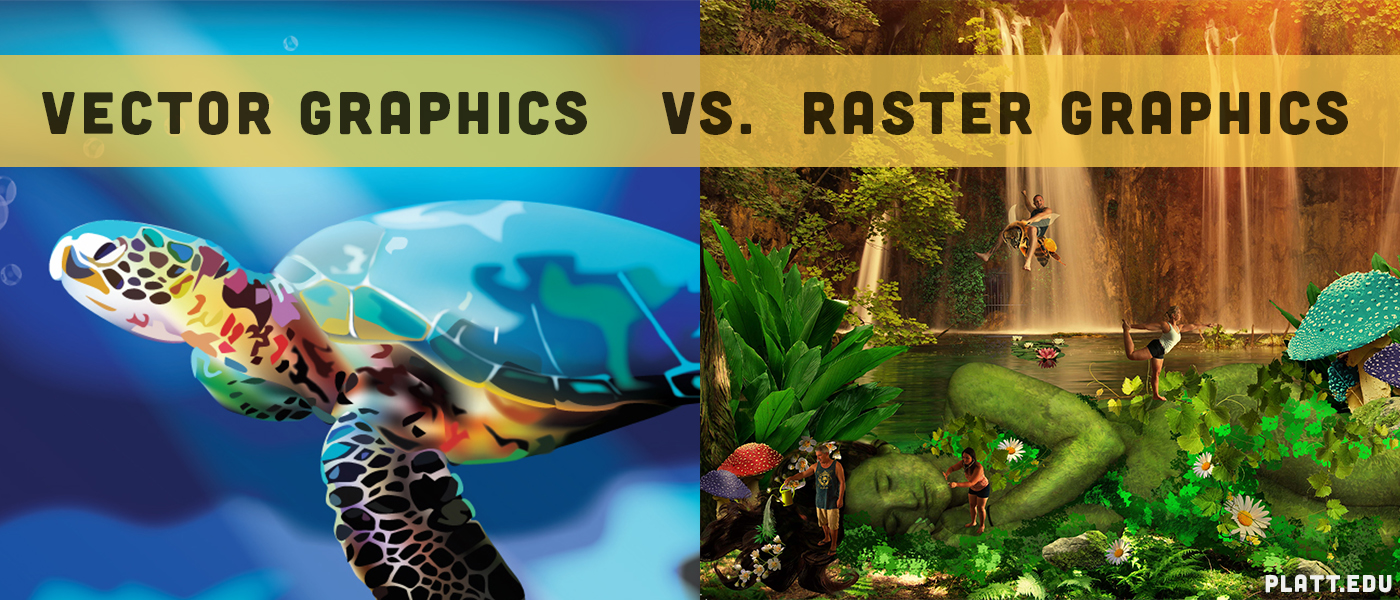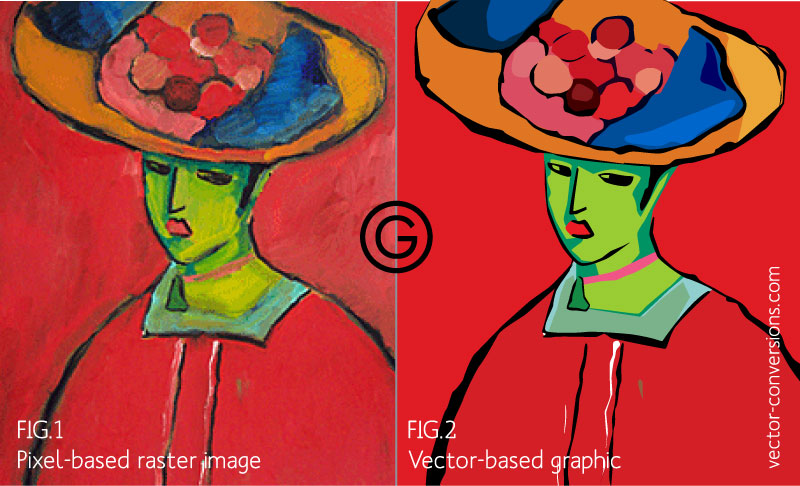
Raster doesn’t do too well with shrinking or enlarging. They hold a lot of detail and are very versatile in designs. The compression technologies can get pretty complex, so we won’t go over them too much here-but if you’re interested in learning about them, here’s an article that goes over the technical aspects of compression. To combat this file size, generally your designer will “compress” the image using various technologies, as well as crop and resize them so they have just enough complexity to look good, fit into the design well, and not be massive in file size. They essentially want as much detail to work with as possible. When a designer asks for a “hi-res” photo, they’re asking for a photo with a lot of pixels. More pixels means better “resolution,” which means better detail. In essence, a megapixel is a unit of measurement for how high the resolution is of an image. Raster images are able to be as detailed or as simple, as you want them to be, but the trade-off is that the more detailed and crisp you want them, the bigger the file size. That’s a lot of information, and it’s why images tend to take up quite a bit of room when you pull them off your camera and upload onto your computer. Have a 3-megapixel camera? This means each image you snap will hold 3,145,728 pixels. A megapixel consists of 1,048,576 pixels in a grid. To put this into perspective, digital cameras tend to raise in price with the more “megapixels” they’re able to produce. DPI means “dots per inch,” and PPI means “pixels per inch.” The higher the DPI or PPI, the more information there is per inch, the more complex the image is, and the better looking and more detailed the image will be in the end. “DPI” and “PPI” are ways of describing how many pixels there are per inch, when the final image is printed. There are a lot of ways to describe a “hi-res” photo. With hundreds or thousands of rows and columns of these squares, a computer is able to piece together a photograph. What is a pixel? It’s a tiny square that represents a single color. Raster is the use of pixel data to store an image on a computer. The two have very different applications in the world of design and web, and each come with their own list of pros and cons. Raster images are great for complex images that need to hold a lot of information, and vector is great for super clean drawings or illustrations.


Have you ever had your agency or designer ask for “hi-res” photos, or a “vector” logo? There’s a reason they ask for these-and it has a lot to do with the quality of the artwork you’ll receive.

The Difference Between Raster and Vector, and Why it’s Important


 0 kommentar(er)
0 kommentar(er)
